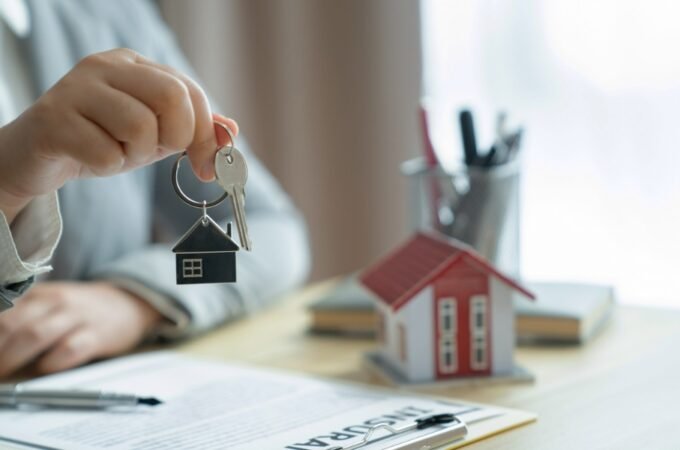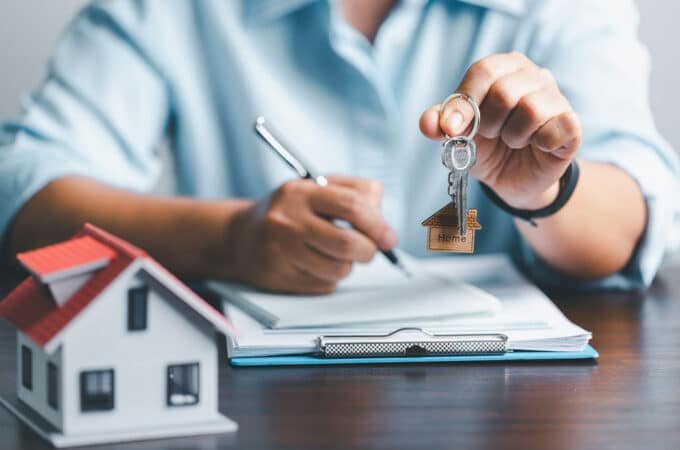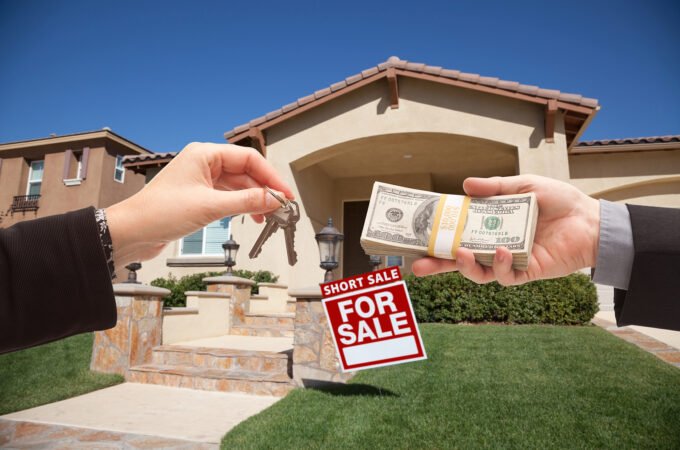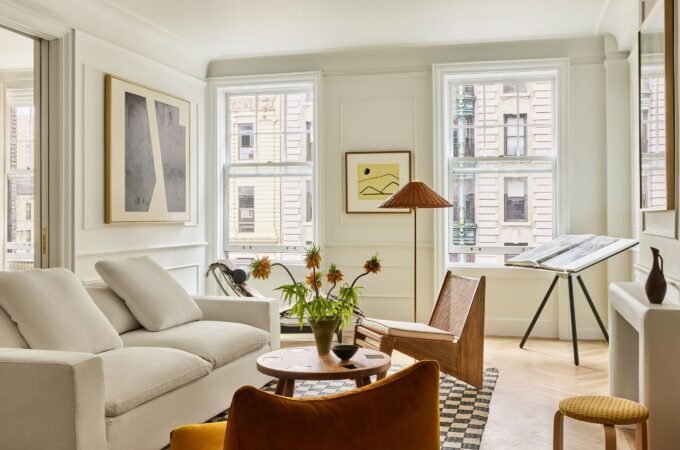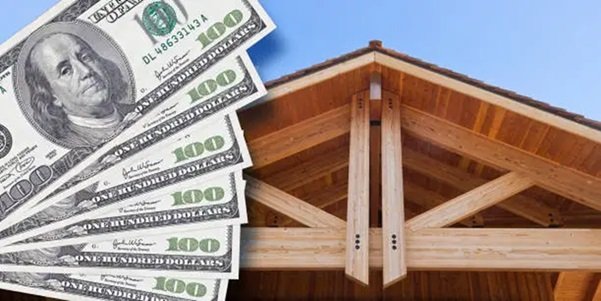
What Factors Influence the Cost of Building a Timber Frame Home?
Timber frame homes are celebrated for their timeless beauty, structural integrity, and eco-friendly design. However, before embarking on the journey to build your dream timber frame home, it’s crucial to understand the financial aspects involved. Budgeting for a timber frame home requires careful consideration of various factors that can significantly impact the overall cost.
In this guide, we’ll explore the key elements that influence the cost of building a timber frame home, providing you with the insights needed to make informed financial decisions.
Table of Contents
ToggleKey Factors Affecting the Cost of a Timber Frame Home
1. Type of Timber Frame Construction
When budgeting for a timber frame home, one of the first decisions to make is choosing between a full timber frame and a hybrid design.
- Full Timber Frame: This traditional approach uses timber throughout the structure, offering a classic aesthetic but often at a higher cost due to the amount of wood and craftsmanship required.
- Hybrid Timber Frame: Combining timber framing with conventional construction methods can reduce costs while still providing the visual appeal of exposed beams in key areas.
Understanding the differences between these construction types is essential when budgeting for a timber frame home.
2. Design Complexity
The complexity of your home’s design plays a significant role in budgeting for a timber frame home. Intricate layouts with custom features, multiple rooflines, and unique architectural details require more materials and labor, increasing costs. Opting for simpler designs can help manage expenses effectively.
3. Choice of Timber
The type of wood selected impacts both the appearance and cost of your home. Premium hardwoods like oak or walnut are more expensive than softwoods such as pine or spruce. Balancing aesthetic preferences with budget constraints is a key aspect of budgeting for a timber frame home.
4. Site Location and Accessibility
The location and accessibility of your building site can significantly affect construction costs. Remote or challenging terrains may require additional preparation and transportation expenses. When budgeting for a timber frame home, consider these potential site-related costs.
5. Insulation and Energy Efficiency
Investing in quality insulation is vital for energy efficiency and long-term savings. Options like Structural Insulated Panels (SIPs) may have higher upfront costs but can reduce heating and cooling expenses over time. Incorporating energy-efficient solutions is an important consideration when budgeting for a timber frame home.
Final Thoughts
Building a timber frame home is a rewarding endeavor that combines beauty, durability, and sustainability. By understanding and carefully evaluating the factors that influence costs, you can create a realistic budget that aligns with your vision and financial goals. Remember, effective budgeting for a timber frame home involves thorough planning, informed decision-making, and collaboration with experienced professionals to bring your dream home to life.

